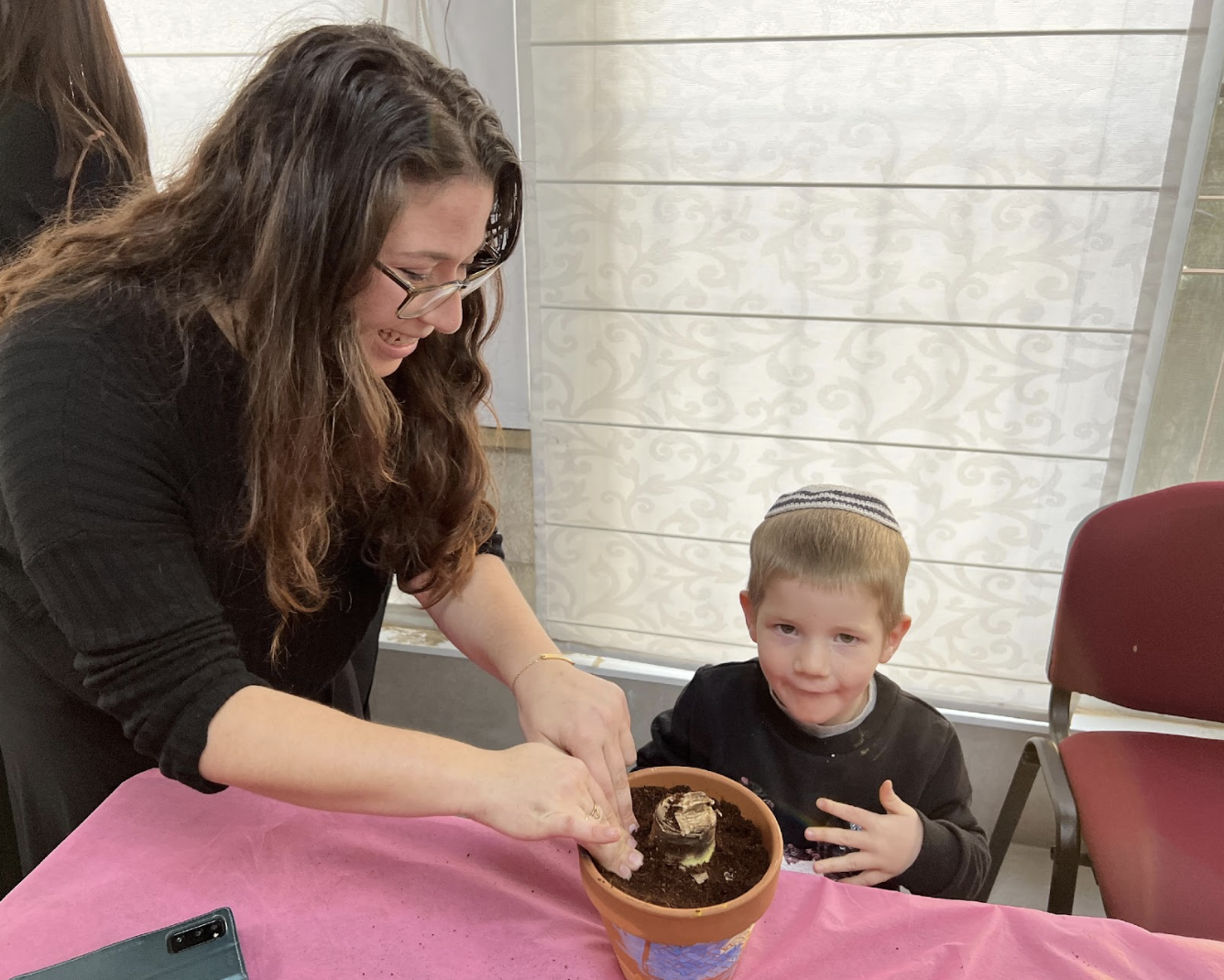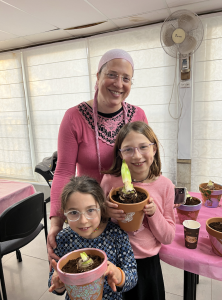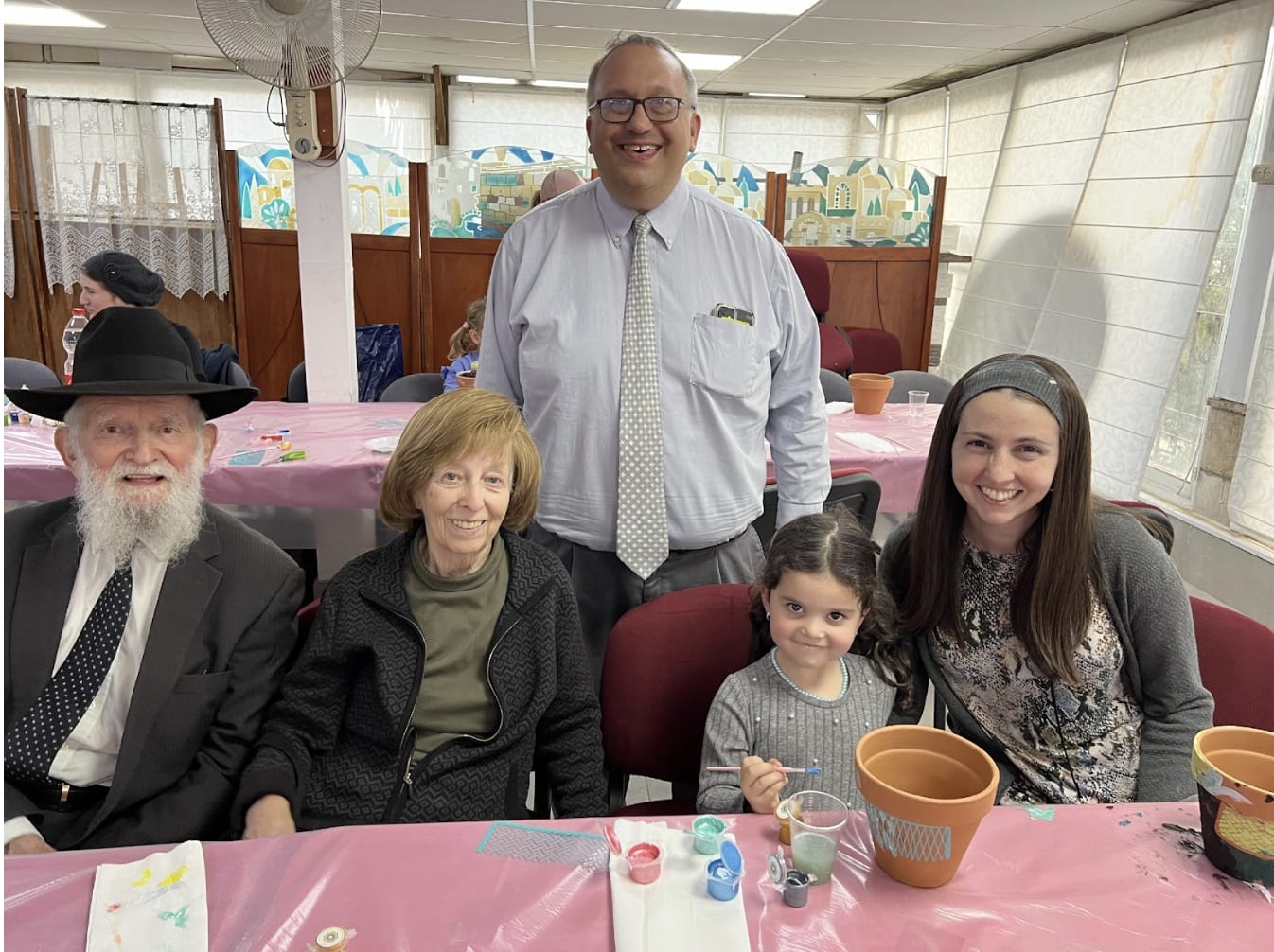For many North Americans, memories of Tu B’Shvat as school children recall images of (largely unappetizing) dried fruit and JNF tree certificates with stamps. While the holiday’s popularity and creative scope have expanded over the years in Chutz La’Aretz, in Israel the chag has always taken center stage. We chatted with OU Israel Program Director Rabbi Sam Shor for some insights into the holiday. The following has been edited for brevity.
Why is Tu B’Shvat so significant in Eretz Yisrael?
Rabbi Shor: Tu B’Shvat here is important from the perspectives of halacha, the Chasidic masters and the Sephardi mekubalim. From a halachic standpoint, Tu B’Shvat is the date when we calculate the start of all of the mitzvot hateluyot ba’Aretz related to fruit, such as terumah, maaser and orlah.
Philosophically, Tu B’Shvat is the Rosh Hashana La’Ilanot, the Rosh Hashana of the trees. When we think about Rosh Hashana, we think about renewal and opportunities for self-improvement and growth. In a beautiful teaching, Rabbi Moshe Wolfson teaches that when you look at the trees on Tu-B’Shvat (particularly in Chutz LaAretz), they’re covered in snow, it’s the midst of the winter and they are layered in white, like proverbial burial shrouds. Suddenly, sap starts to flow again and buds reappear. This serves as a reminder that even when we feel that we’re not alive spiritually, we can always experience a renewal and come back to life.
How is Tu B’Shvat celebrated in Israel?
Rabbi Shor: Because of the connection to the agricultural mitzvot, in Israel it’s customary to be involved in agriculture on this day, planting saplings or flowers. Mystics speak about eating various fruits here which serve as a reminder that Eretz Yisrael was promised to be a land flowing with milk and honey and a land that produces beautiful, sweet fruits. For 2000 years, this land was desolate. It’s as if Hashem wanted to testify to the whole world that the land was waiting for Am Yisrael to come home, so that they could return it to being the Eretz zavat chalav u’dvash. Baruch Hashem, that’s exactly how it is today; walking through the shuk, the beautiful peirot of Eretz Yisrael are so readily available.
In the aftermath of October 7, will Tu B’Shvat be celebrated differently in Israel?
Rabbi Shor: Tu B’Shvat falls on the calendar during a dark period — in the winter when the days are short. And of course we are experiencing a tremendously dark period now. Tu B’Shvat reminds us that Hashem is always with us and that Am Yisrael is eternal. Even in the midst of the darkness, even when we’re facing challenges, we can find the strength to persevere and overcome them. A seed has to almost completely decay in order to regrow. As it’s about to disintegrate, suddenly it sprouts new life. The Rebbe of Chortikov taught that this is precisely the message of Tu B’Shvat. We look to the trees to give us that chizuk. No matter what we’re facing, we can experience that renewal and continue.
What is the origin and meaning behind the Tu B’Shvat Seder?
Rabbi Shor: The Tu B’Shvat seder was popularized first by the mystics in Tzfat, then by the Chasidim, and now it is widely universal.
The seder serves as a wonderful educational tool for parents to encourage our children to feel a connection to, and love for, all things Jewish. Rosh Hashana La’Ilanot is similar to Rosh Hashana, when many have the practice to eat symbolic fruits and pray for positive outcomes and chizuk in the coming year. The Tu B’Shvat seder presents an opportunity to feel Hashem’s presence with us; it is a tool of inspiration which also instills this idea of emunah within our families and our children.
Looking at the world around us now, the seder reminds us of the safety of Eretz Yisrael, the peirot of Eretz Israel, and how each of those fruit contain, according to the mystics, a message of chizuk, inspiration, encouragement, renewal, sweetness — all these beautiful ideas of what a Jewish life is meant to be.

How have Anglo olim celebrated Tu B’Shvat with OU Israel?
Rabbi Shor: There are various ongoing Tu B’Shvat programs for all of our demographics so that they can connect to the holiday in a meaningful way.
We’ve led classes and shiurim on both the halachic and philosophical perspectives of the holiday. On Tu B’Shvat night, I’ll be giving a shiur about Tu B’Shvat in the writings of the Hasidic masters in my Jerusalem community of Armon HaNatziv.
We have a tiyul planned for singles in their 50’s and 60’s to the Jerusalem Botanical Gardens. For weeks, OU Israel has been sending a bus of Anglo olim and tourists of all ages to help the farmers in the south in the absence of workers. We’ve sorted chili peppers, and picked avocados, pomelos, oranges, tangerines and lemons.
Our NextGen event for women in their 20’s through 40’s, included a Tu B’Shvat shiur and an opportunity to plant bulbs of perennial flowers that came from Kibbutz Saad, one of the kibbutzim in the south that had to be evacuated on October 7. In order to give a bit of the support to farmers there, for our planting projects across all demographics, we bought cases and cases of the bulbs to plant in flower pots.
Young Anglo families participated in a similar planting activity as part of our Hebrew on the Go program. The children enjoyed decorating their planters and

getting their hands dirty with soil!
The bulbs were also used in a mother-daughter program overseen by OU Israel Director of Community Programming and L’Ayla Women’s Learning Initiative Rebbetzin Zemira Ozarowski. Four concurrent events
took place in Yerushalayim, Ramat Beit Shemesh, Efrat and Modiin. Participants learned about Tu B’Shvat with source sheets, planted the bulbs in planters, then enjoyed a nationwide Kahoot game joined by more than 100 families!
In the theme of renewal, here at OU Israel we are developing a new model as part of our mission to bring more programming to Anglo olim communities across the country. In the spirit of Tu B’Shvat, we’re going to be branching out!
The words of this author reflect his/her own opinions and do not necessarily represent the official position of the Orthodox Union.

